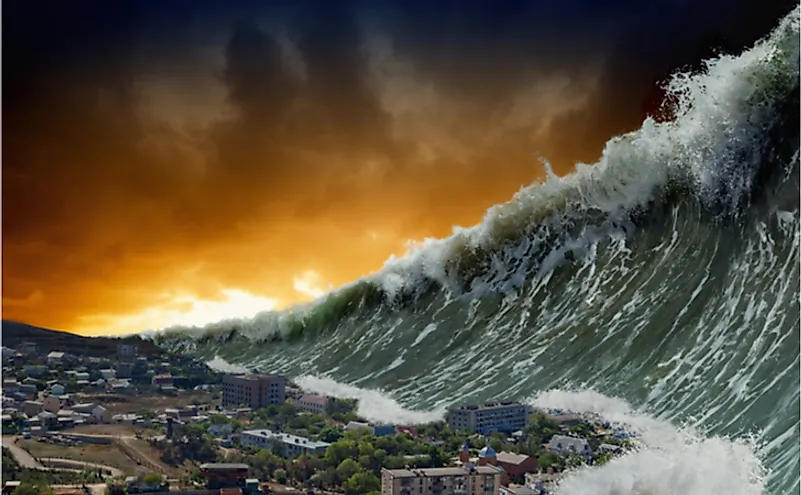The Ancient City Of Helike

Helike was an ancient Greek city-state (polis) that was submerged and destroyed by a tsunami in 373 BC. The city was located in the Northern Peloponnesus, within the regional unit of Achaea, approximately 1.2 mi from the Gulf of Corinth, near the city of Boura. Both Helike and Boura were members of the Achaean League, which was a confederation of Greek city-states during the Hellenistic-era. According to modern research, the catastrophe that destroyed Helike was the result of an earthquake, which triggered a tsunami. In an attempt to preserve the city's ruins, the site was included in the World Monuments Fund's (WMF) List of 100 Most Endangered Sites.
History Of Helike
Helike was established during the Bronze Age and became the primary city in Achaea. According to the Greek poet Homer, Helike fought with Agamemnon's forces during the Trojan War. The city was later captured by the Achaeans and eventually became the leader of the Achaean League, an association of twelve cities in the region, including Aigo, which still exists today. Helike was also known as Dodekapolis, which combined the Greek words dodeka, which means "twelve," and polis, meaning "city." Helike became a religious and cultural center and had its coins. Some of the ancient coins recovered from Helike include two 5th century coins made of copper, which are now held in the Bode Museum in Berlin, Germany. The obverse side of the coin features the head of Poseidon, who was the city's patron, while the reverse side features his trident. A temple in the city was also dedicated to Poseidon. The city-state established colonies, which included Sybaris, located in southern Italy, and Priene in Asia Minor. The panhellenic temple and sanctuary of Helekonian Poseidon were widely known across the classical world. In terms of religious significance, the temple was second only to Delphi.
The Disaster That Razed Down Helike
In the year 373 BC, Helike was destroyed on a winter night, two years after the Battle of Leuctra. It is said that several events warned of the disaster, including the fleeing of animals to Keryneia. The city and an area of about 1.2 sq mi were submerged by water from the sea, killing all residents and covering most buildings, with only a few structures projecting out of the sea. The disaster was blamed on the vengeance of Poseidon after the residents of Helike refused to give their state of Poseidon to the Ionian colonizers from Asia. Other historians suggest the residents of Helike and Bura had murdered deputies from Ionia. On August 23, 1817, a similar earthquake and tsunami occurred in the same place.
Rediscovery Of Helike
In 1994, researchers from the University of Patras conducted a magnetometer survey that revealed outlines of buildings buried near a delta. The region, which is now known as the Klonis site, has been excavated and large buildings with walls have been discovered. A preserved settlement from the early Bronze Age was also uncovered on the site. In 2001, the city of Helike was discovered buried under an ancient lagoon close to the village of Rizomylos. Each summer further excavations are conducted on the Helike delta, and several archaeological findings have been made that date back to the prehistoric times when Helike was established.











